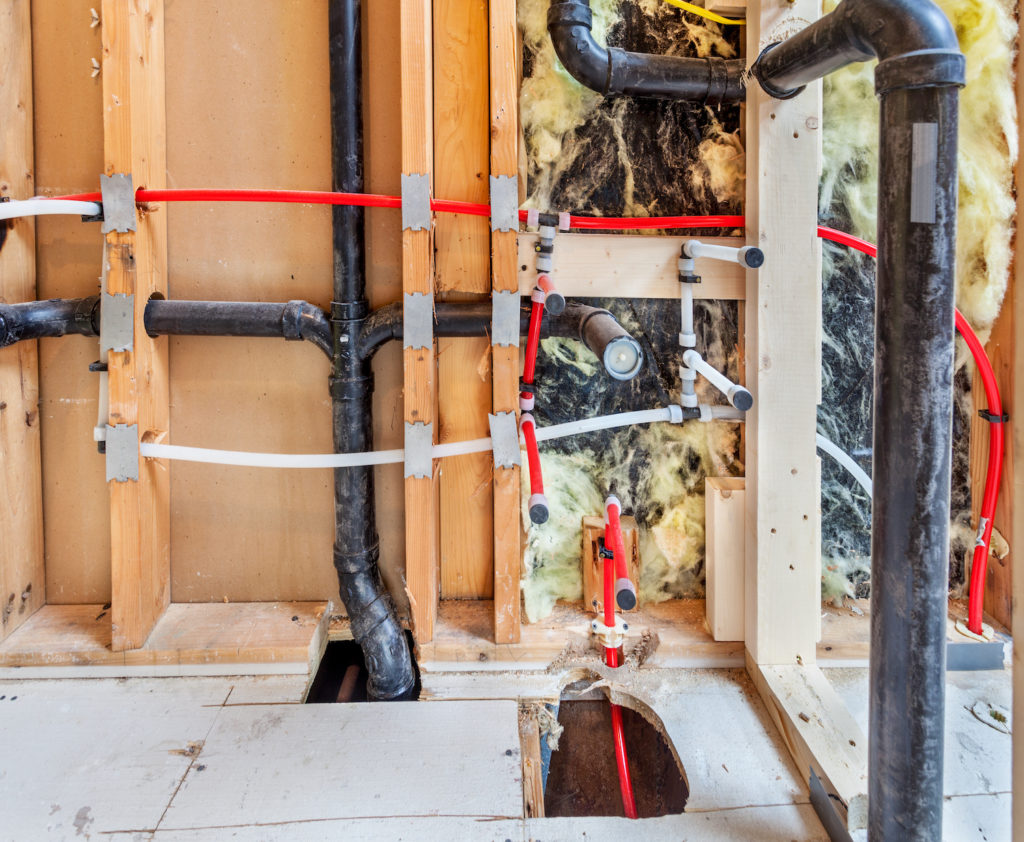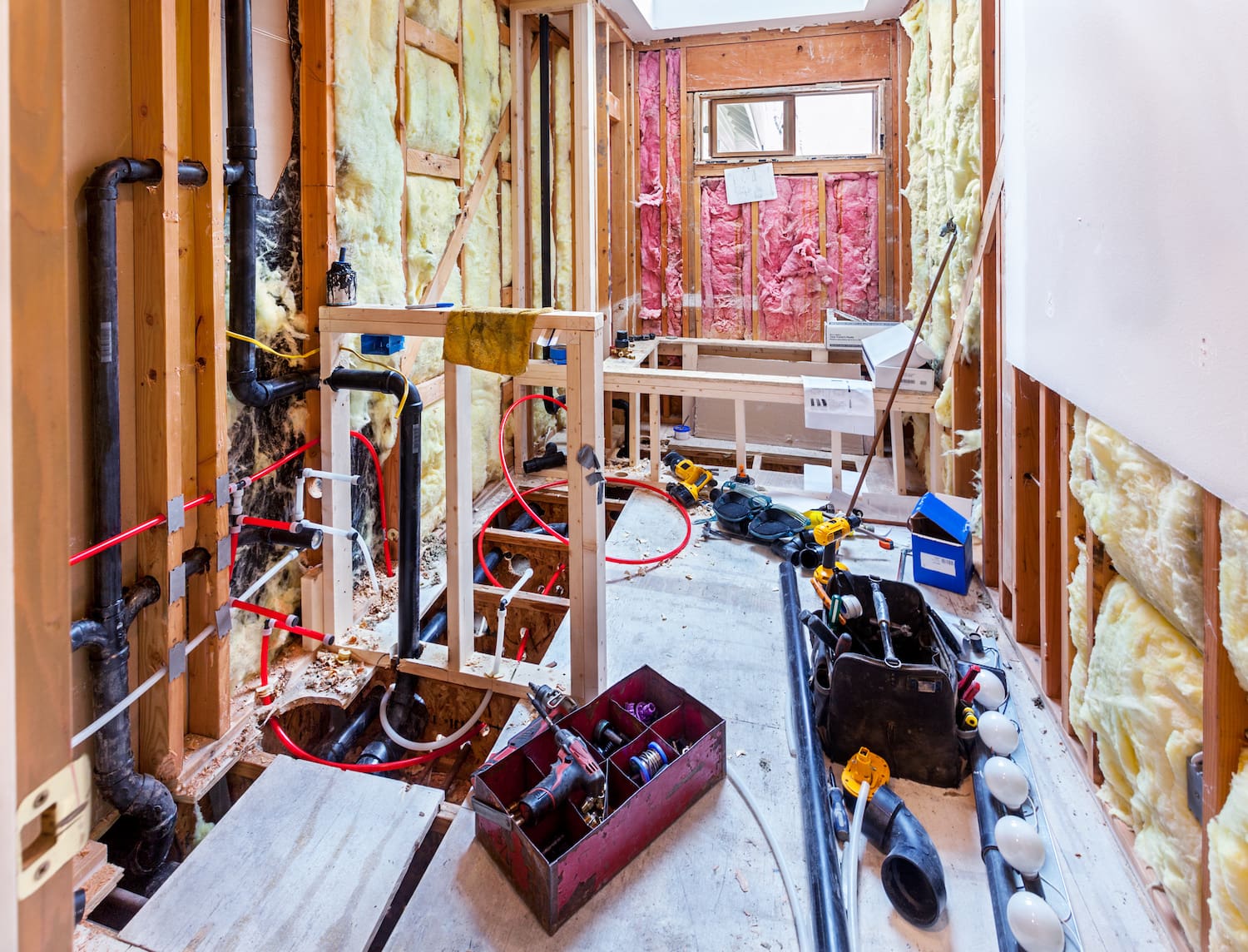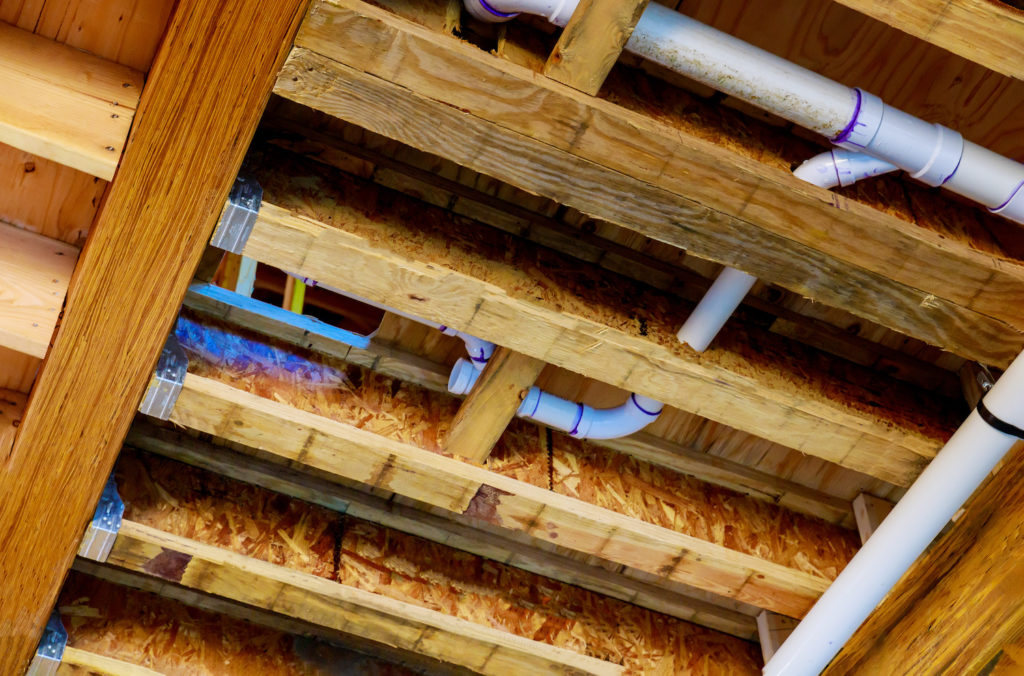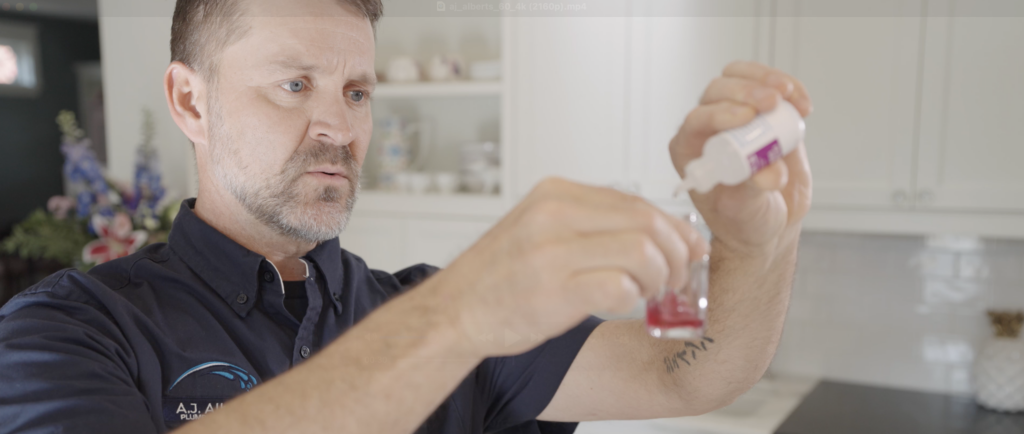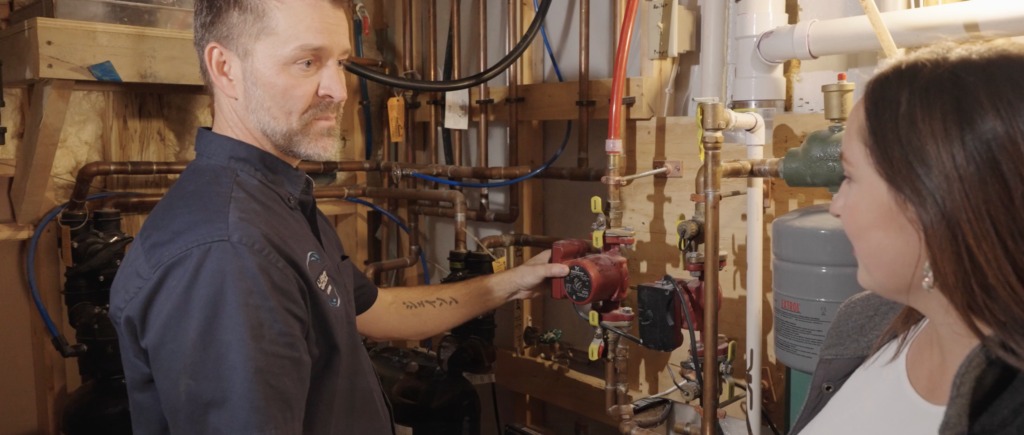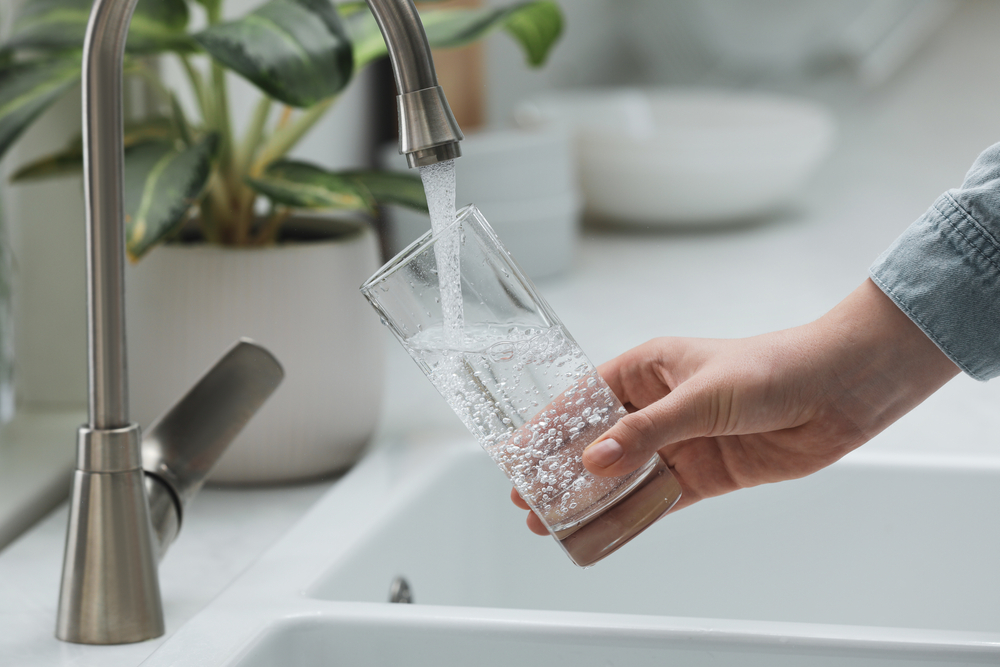When working on a bathroom remodel, there are a few crucial pieces of information about bathroom plumbing every homeowner needs to know. For example, any new construction plumbing installation will consist of two integral phases you may have never even heard of:
- The rough-in plumbing phase
- The finish plumbing phase
With that said, whether you’re renovating your existing bathroom, making an addition to it, or building a new bathroom entirely from scratch, you’ll need to start with the plumbing rough-in no matter what. However, most homeowners don’t even know what we’re talking about when referring to rough-in plumbing, let alone how it all works.
So, what exactly is rough-in plumbing? This in-depth guide details everything homeowners need to know when installing a new plumbing system.
Rough-In Plumbing FAQ
Before we can dive further into the importance of rough-in plumbing and how to prepare to install it, let’s walk through a few of the most frequently asked questions we get from customers first. Answering these will help give you a better understanding of how rough-in plumbing really works and provide a solid basis for the subjects this article touches on later. Take a look:
What Is Rough-In Plumbing?
Put simply, rough-in plumbing refers to the phase of remodel where rough framing is installed in your bathroom before installing other fixtures and remaining parts during the finish plumbing phase. The primary items involved with new construction plumbing rough-in include:
- Vents
- Sewer systems
- Pipe connections
- Water supply lines
Water supply and drain lines should run through holes bored in your wall studs, and all utility connections should be made before you begin the next phase of your construction project.
How Long Does a Plumbing Rough-In Project Take?
For a seasoned plumbing professional, installing the rough-in plumbing system in your new bathroom won’t be too difficult. The entire process is generally a multi-day project.
Can I DIY My Bathroom Plumbing Rough-In?
Plumbing rough-in projects are a walk in the park for most plumbers, but this task can pose quite the challenge for the average homeowner. Though it might save money to do your own rough-in plumbing, it’s definitely not recommended if you want it done right.
This project requires a specific skill set and education that not everyone possesses, so it’s best to ask a real-life plumber for help instead of trying to cut corners with a DIY plumbing rough-in. It needs to pass inspection as well!
When Is Rough-In Plumbing Needed?
Although you’re required to install plumbing rough-in for new construction and full-blown renovations, you won’t need to do this in every case. For more minor repairs and remodeling work, you might only need basic plumbing work.
It’s best to consult your local plumber or home builder to determine whether you can simply re-plumb your home or if an entire plumbing rough-in is required.
Rough-In Plumbing vs. Finish Plumbing
As we touched on earlier, two main phases are involved with new construction plumbing: the rough-in and finish plumbing phases. Rough-in plumbing comes first to give you a rough framing for installing vents and making initial pipe connections.
After all that is said and done, other fixtures are installed during the finish plumbing phase. Here’s a quick overview of what happens in each one:
During the Rough-In Plumbing Phase 🔧
- Pipes get routed through wall cavities and connected
- Water supply and drain lines are connected to septic or sewer systems, or the main water supply valves
- Bathroom vent stacks are run to your roof
- Underground pipes for utility connections are laid in the ground and connected
- No other fixtures or final elements are installed until inspection passes
During the Finish Plumbing Phase 🚽
- Final assembly, installation, and connection of all plumbing fixtures are finished
- Under-sink drain assemblies are installed
- Caps are removed from drain pipes and water supply pipes
- Water supply lines and valves are installed
- All new connections are caulked and sealed
- New construction plumbing is flushed and tested
Average Rough-In Plumbing Costs + Considerations 💰
Like any other home improvements or DIY projects, many things must be considered when calculating the final cost of rough-in plumbing. Let’s look at a few factors that can help you find the most accurate estimate of the overall plumbing rough-in cost:
Pipe Material
You have three primary material options when it comes to bathroom pipes, all with varying price points:
- The most expensive are copper pipes, made with a durable, corrosion-resistant material that helps keep bacteria at bay in your bathroom. The average life expectancy for copper pipes is about 50 years, but they can last upwards of 80 years with stringent maintenance.
- PEX piping is a much more affordable option than copper and for water supply lines and most commonly used in both remodels and new construction.
- CPVC pipes tend to be the least expensive and the most commonly used option for waste lines.
PVC and CPVC pipes are used in the vast majority of rough-in bathroom fittings for their durability and affordability. Still, you’ll find copper pipes a popular option in higher-end homes.
Project Size & Scope
Another factor that will affect your final rough-in plumbing cost is your home improvement project’s size and scope. Of course, it will take much longer to install the plumbing rough-in in larger bathrooms than for a small half-bath or powder room. And if you’re planning to re-plumb multiple bathrooms, you’ll need to account for that in your budget as well.
Number & Type of Fixtures
Similarly, the types and number of plumbing fixtures you plan to install will also factor into the final cost of your rough-in plumbing project. A single sink faucet or toilet might only take a couple of hours and cost a few hundred bucks, where as double vanities or a large walk-in shower will take more time.
Permits
Some states like Minnesota might require you to apply for building permits before new construction can start. In those cases, you may be obligated to pay anywhere from $30 to $500 for the proper local building permits to install your rough-in plumbing. While this is a good thing to be aware of, homeowners don’t need to worry about this too much because your licensed plumber will take care of this for you.
Labor
Labor costs also significantly affect how much you’ll spend for a plumbing rough-in. The average range for hiring a plumber is varies and can all depend on the plumber and the place you live.
Where You Live
Like just about anything else, you may have to pay a premium for rough-in plumbing simply due to the place you live. For homeowners in NYC or California, higher average costs can be expected, while it might be more affordable to install rough-in plumbing in areas with lower living costs, like Iowa or Oklahoma.
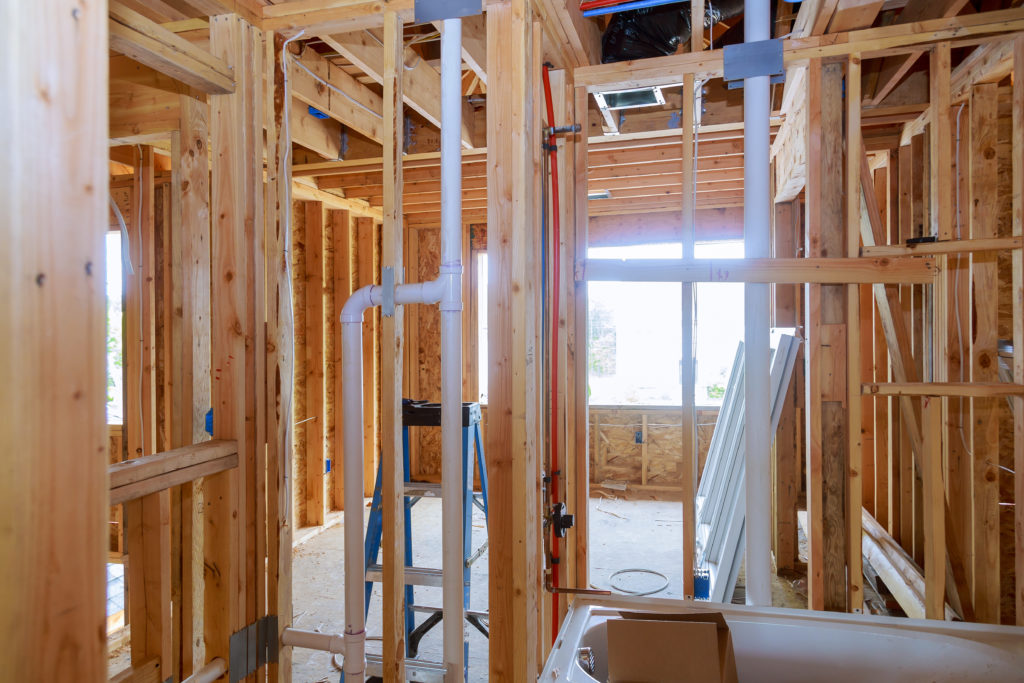
Vital Parts of Your Plumbing Rough-In
Rough-in plumbing isn’t a simple job, and there are several moving parts to keep in mind when installing vents and making pipe connections to ensure no mistakes are made.
Studs and Framing
The general idea of rough-in plumbing is that it provides a rough framing for your final product or the finish plumbing phase. For that reason, your pipes and supply lines are typically run through holes and spaces in the frame’s studs before any drywall or insulation is installed. It truly is the first step in the plumbing and bathroom remodeling process.
Water Supply Lines
Another crucial part of rough-in plumbing is connecting your local water supply with water supply lines. You’ll want to do an initial walkthrough of the floorplan and framework to provide your home builder with a solid reference of where the water supply lines should connect and run to give you the best water pressure after the project is complete.
Wastewater Drain Line Pipes
You want to have your pipes angled appropriately to work with gravity and not against it. Install your wastewater drain line pipes in a downward position to drain more efficiently, but be careful not to angle them so far that water moves too fast through them.
Plumbing Vent Stack
You’ll also want to have your wastewater system vented adequately to ensure safe and efficient waste removal at all times. You’ll need to run a vent stack through your wall cavities and up to the roof to allow proper bathroom ventilation to continue after the finish plumbing phase.
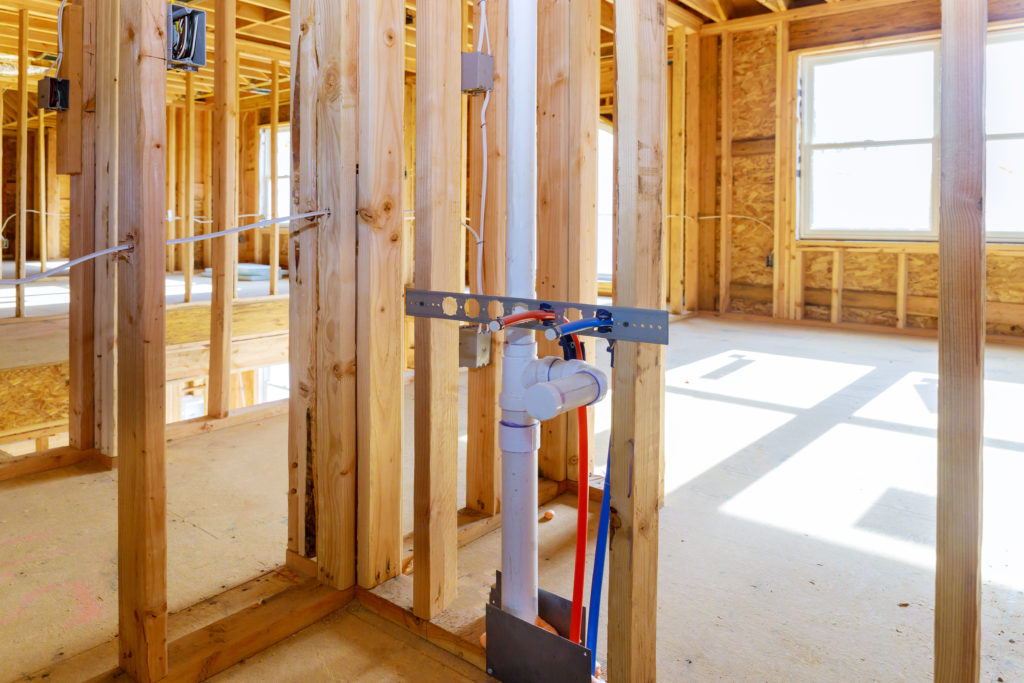
Professional Rough-In Plumbing Services Done Right
No matter how prepared or handy you believe yourself to be, we promise that rough-in plumbing is not a construction project you should try to DIY. It requires specialized skills and deep know-how that the average homeowner lacks.
Instead, you should always work with an experienced plumbing professional to ensure you receive quality plumbing work that passes inspections and continues functioning correctly for years to come. And for that reason, you should look no further than the accomplished team at AJ Alberts for help. Our professionals have the knowledge and expertise to provide a quality plumbing rough-in that’s always done right.
So, when you need a new construction plumbing rough in (and finish installations as well), don’t wait to contact us to schedule plumbing services you can count on.

